Your new dog has been through a lot of changes. What they need from you during their first weeks in the home is calm and quiet leadership. Here are some tips to help:
When you get home
- Walk your dog on leash into your back yard (or your designated potty place) and walk them around so they can sniff and go potty.
- Keep your dog leashed and enter your home. Allow them to calmly sniff and investigate while you prevent them from running and jumping with the leash.
- Lead your dog to their “safe space” – a puppy/dog proofed room where your dog to stay when you cannot monitor (when taking a shower etc.). If your dog is crate trained, use the crate. Give treats when they are in this space.
- Feed your new dog separately from other pets and kids. Once they’ve begun eating, move away from the dish and do not disturb them. To help prevent stomach upset, just give them kibble and small training treats.
- Follow our additional information on how to introduce your new dog to other pets /kids.
Weeks 1 and 2:
- Develop a daily routine as this really helps the new dog settle in.
- Praise and reward good behavior (e.g. 4 paws on the floor, sit, wait, settle and potty outdoors).
- Completely ignore behaviors that you want the dog to stop (jumping up, barking, etc.).
- If you have a yard, go out regularly with your dog for potty breaks and play time (like fetch!).
- If you don’t have a yard, go on walks in quiet areas. Keep your dog on leash and allow them to sniff and investigate the ground. This is a stress relief for most dogs.
- Encourage/invite your dog to come to you for pets and scratches. Most dogs enjoy pets on their chest.
Weeks 3 and 4:
- Pick one new activity to try with your dog. Do a test run at the dog park on a quiet day, or try your favorite hiking trail – on leash! Expand your dog’s world slowly.
- Sign up for a training class or start teaching your dog cute tricks at home.
- Teach your friends how to appropriately interact with your dog.
If your dog has special requirements, please follow the specific information given to you for that individual dog. This may be different to the above information.



